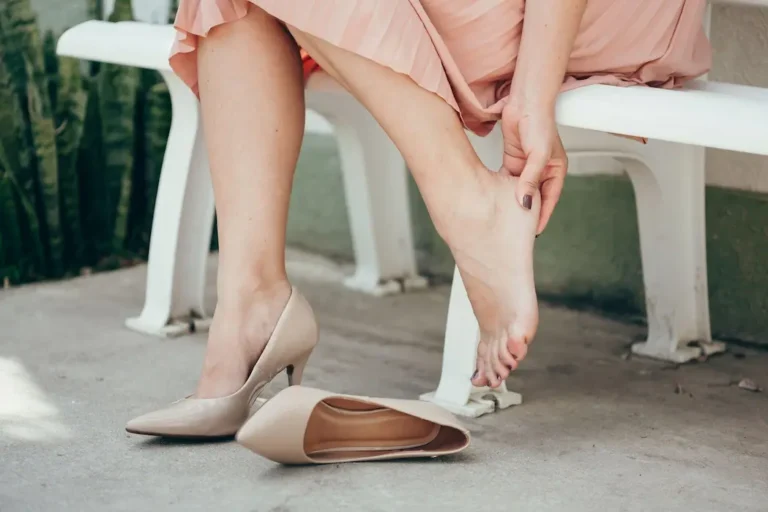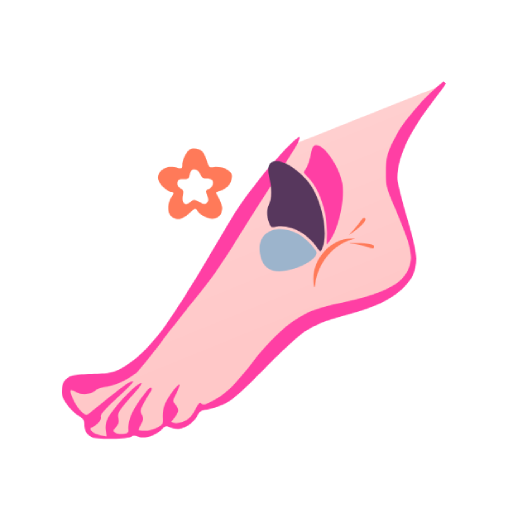Blisters on your feet can be incredibly uncomfortable and painful. Whether they’re caused by friction from ill-fitting shoes, intense physical activity, or even burns, the good news is that you don’t have to suffer for long. In this article, we’ll explore effective methods to quickly cure blisters on your feet and alleviate the discomfort they bring.
Understanding Blisters
What Are Blisters?
Blisters are small pockets of fluid that form between the layers of your skin. They usually occur due to friction, heat, or other irritations. The liquid inside a blister is a protective cushion for the damaged area while it heals.
Common Causes of Foot Blisters
In this section, we’ll break down the primary culprits behind foot blisters, providing a detailed understanding of each.
Friction from Tight or New Shoes
Friction is one of the leading causes of foot blisters. Ill-fitting or brand-new shoes can rub against your skin, creating irritation and blisters. To prevent this, always ensure your shoes fit correctly, and consider using blister pads or lubricants on areas prone to friction.

Excessive Moisture or Sweat
Moisture is another common trigger for foot blisters. When your feet are damp for extended periods, it softens the skin, making it more susceptible to blisters. To combat this, keep your feet dry by wearing moisture-wicking socks and breathable shoes, especially in hot and humid conditions.
Burns and Scalds
Burns and scalds, while not as frequent, can also result in foot blisters. Exposing your feet to hot surfaces or liquids can cause severe damage to the skin. Always exercise caution to avoid such injuries, and seek immediate medical attention if you get burned.
Allergic Reactions
Some individuals may develop foot blisters due to allergic reactions. Contact dermatitis, for example, can lead to blisters when the skin comes into contact with allergens. Identifying and avoiding allergens is crucial for preventing these types of blisters.
Infections
Infections, particularly fungal infections like athlete’s foot, can lead to foot blisters. Maintaining good foot hygiene and promptly treating infections can help prevent blisters caused by this factor.
How to Cure Blisters on Feet Fast Home Remedies
Keep it Clean
Proper hygiene is crucial. You should wash the affected area with mild soap to prevent an infection. Dry gently with a clean towel.
Don’t Pop It!
Resist the urge to pop a blister, which can lead to infection. Let it heal naturally.
Use Moleskin or Blister Pads
Moleskin or blister pads provide a protective barrier between the blister and your footwear, reducing friction and discomfort.

Apply Aloe Vera
The soothing properties of Aloe Vera can help reduce pain and inflammation. Apply a thin layer of aloe vera gel to the blister and cover it with a bandage.
Epsom Salt Soak
Soaking your feet in warm water with Epsom salt can help reduce pain and promote healing. Do this for 15-20 minutes daily.
Over-the-Counter Treatments
Hydrocolloid Bandages
Hydrocolloid bandages are designed to speed up healing by maintaining a moist environment around the blister.
How to Cure Blisters on Feet Fast?😘https://t.co/cC6YGVGIfo#feetcare #feetbeauty #feet #feetpics pic.twitter.com/rEMFh7v8RB
— Sellfeetpics (@sellfeetpicsco) October 10, 2023
Topical Antibiotics
Applying over-the-counter antibiotic ointment can help prevent infection.
Pain Relievers
Over-the-counter pain relievers like ibuprofen can help alleviate pain and reduce inflammation.
How to Get Rid of Blisters on Feet Prevention Tips
Wear Proper-Fitting Shoes
Invest in shoes that fit well and provide proper support.
Use Moisture-Wicking Socks
Moisture-wicking socks can keep your feet dry, reducing the risk of blisters.
Foot Powder
Applying footpowder can help reduce friction and moisture.
Break in New Shoes
Gradually break in new shoes to avoid excessive rubbing.

When to Seek Medical Attention
Signs of Infection
Consult a healthcare professional if you notice signs of infection, such as pus, redness, or increased pain.
Large or Persistent Blisters
Significant or persistent blisters may require medical attention, especially if they interfere with daily activities.
How to Cure Blisters on the Bottom of Feet Fast
To cure blisters on the bottom of your feet quickly,
- Clean the affected area with mild soap and water to prevent infection.
- Next, gently pat the blister dry with a clean towel. If the blister has not popped yet, it’s best to leave it intact to protect the underlying skin. However, if it has burst, apply an antibiotic ointment and cover it with a sterile bandage.
- Wear comfortable, well-fitting shoes and avoid friction-inducing activities to allow the blister to heal.
- You can also use padded blister cushions or moleskin to reduce pressure on the blistered area.
- If the pain is severe, over-the-counter pain relievers can help.
- Remember to keep an eye on the blister for any signs of infection, such as redness, swelling, or pus, and seek medical attention if necessary.
- Ultimately, allowing the blister to heal naturally is the fastest way to recover and prevent further complications.
Conclusion
Proper care and attention can cure blisters on your feet quickly. Remember to maintain good hygiene, resist the urge to pop blisters, and utilize home remedies or over-the-counter treatments as needed. Prioritize prevention by wearing appropriate footwear and reducing friction and moisture. If complications arise, seek medical advice promptly.
FAQs
What is the fastest way to get rid of blisters on feet?
The fastest way to remove blisters on feet is to clean the blister, apply an antiseptic ointment, cover it with a bandage, and avoid popping it.
How can I speed up the healing of a blister?
To speed up the healing of a blister, keep it clean and protected, avoid friction, and let it heal naturally.
Does Vaseline help blisters?
Vaseline can help blisters by providing a protective barrier. Still, it’s essential to keep the blister clean and avoid popping it.
How do you dry out blisters overnight?
To dry out blisters overnight, apply an astringent like witch hazel, cover it with a bandage, and elevate your feet to reduce swelling.








